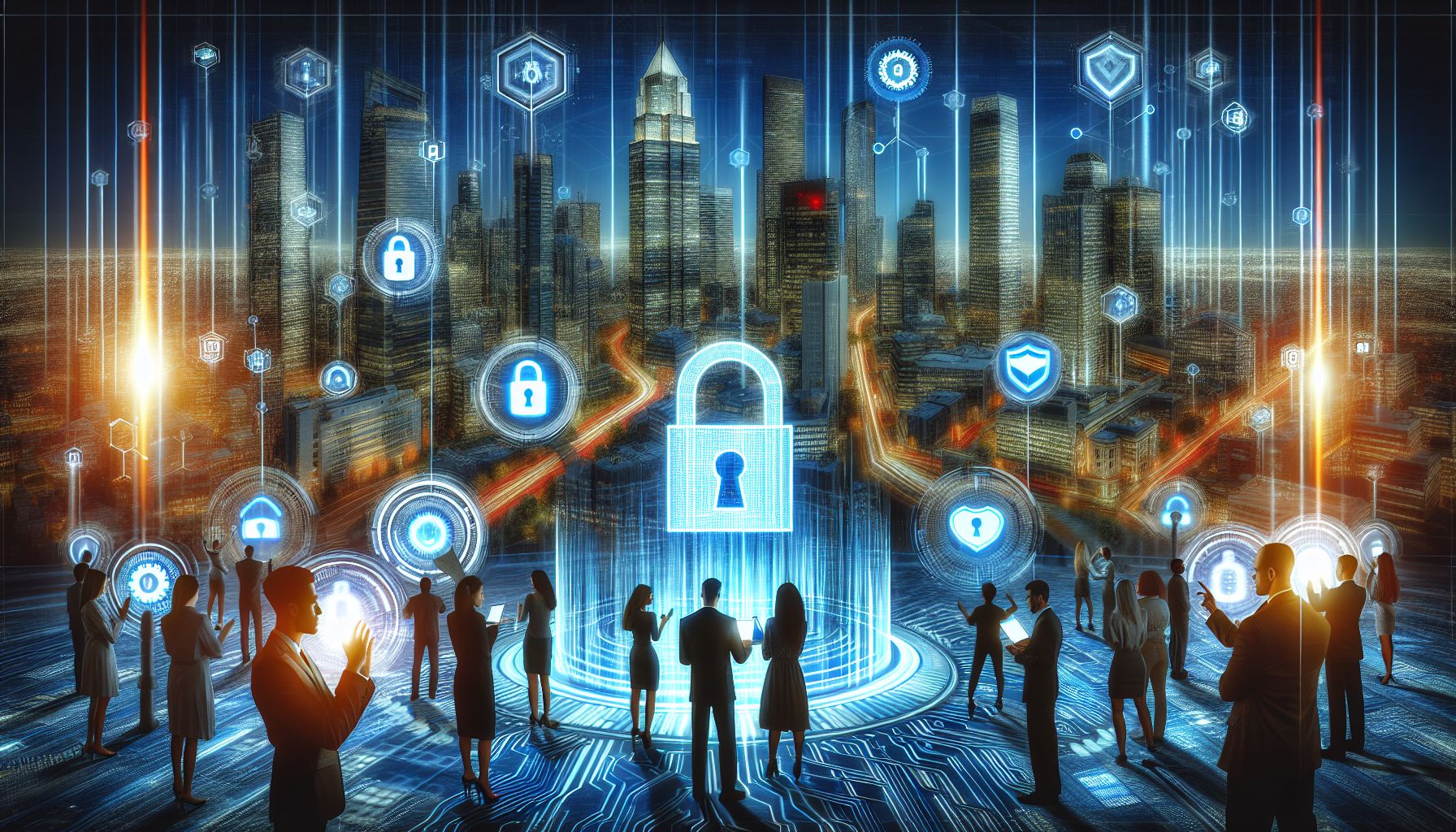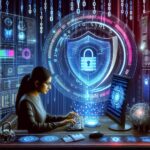In today’s digital age, cyber security has become more important than ever. With the rise of cyber attacks and data breaches, it is crucial for individuals and organizations to take the necessary steps to protect their information and assets. As a technical enthusiast, you are already well-versed in the world of technology, but it is important to also understand the fundamentals of cyber security to keep yourself and your systems safe. Here are some key tips and best practices to help you stay secure in the digital world.
Understanding the Threat Landscape
The first step in ensuring cyber security is to understand the threat landscape. Cyber attacks come in various forms, including malware, phishing, ransomware, and DDoS attacks. Each of these threats poses a different risk to your systems and data, so it is important to familiarize yourself with these threats and how they can impact you.
Malware, for example, is a type of malicious software that can infect your system and cause damage or steal sensitive information. Phishing attacks involve tricking individuals into disclosing personal information, such as passwords or credit card numbers, through fraudulent emails or websites. Ransomware encrypts your files and demands a ransom for their release. DDoS attacks flood your system with traffic, causing it to become overwhelmed and inaccessible.
By understanding these threats, you can better prepare yourself to defend against them and mitigate their impact.
Implementing Strong Passwords and Multi-Factor Authentication
One of the simplest but most effective ways to enhance your cyber security is to use strong passwords and enable multi-factor authentication for your accounts. Strong passwords should be complex and unique, incorporating a mix of letters, numbers, and special characters. Avoid using easily guessable passwords, such as “password” or “123456,” and consider using a password manager to securely store and generate passwords.
Multi-factor authentication adds an extra layer of security by requiring an additional form of verification, such as a code sent to your phone or a fingerprint scan, in addition to your password. This greatly reduces the risk of unauthorized access to your accounts, even if your password is compromised.
Keeping Your Software and Systems Updated
Outdated software and systems are vulnerable to security threats, as they may contain known vulnerabilities that can be exploited by attackers. To stay secure, it is important to regularly update your software, operating systems, and applications to the latest versions. These updates often include security patches and bug fixes that address known vulnerabilities and improve the overall security of your system.
Additionally, consider enabling automatic updates for your software to ensure that you receive the latest security updates in a timely manner. This will help protect your systems from emerging threats and reduce the risk of exploitation.
Practicing Safe Browsing and Email Habits
Cyber attacks often target individuals through malicious websites and emails, so it is important to practice safe browsing and email habits to reduce the risk of falling victim to these attacks. When browsing the web, be cautious of unfamiliar websites and avoid clicking on suspicious links or ads. Use HTTPS-enabled websites whenever possible, as they encrypt your data in transit and provide a more secure browsing experience.
In addition, be wary of unsolicited emails and messages, especially those that ask for sensitive information or urge you to take immediate action. Avoid opening attachments or clicking on links from unknown senders, as they may contain malware or phishing attempts. Verify the legitimacy of emails by checking the sender’s address and looking for any signs of phishing, such as spelling errors or suspicious requests.
Backing Up Your Data Regularly
Despite your best efforts, there is always a chance that you may fall victim to a cyber attack or data breach. To mitigate the impact of such incidents, it is crucial to regularly back up your data to a secure location. This ensures that you can recover your information in the event of a data loss or system compromise.
Consider using cloud storage services or external hard drives to back up your data, and make sure to test your backups regularly to ensure their integrity and completeness. This simple practice can save you from losing important files and minimize the impact of a potential cyber security incident.
Conclusion
In conclusion, cyber security is a critical aspect of modern technology and should be a top priority for technical enthusiasts. By understanding the threat landscape, implementing strong passwords and multi-factor authentication, keeping your software and systems updated, practicing safe browsing and email habits, and backing up your data regularly, you can greatly enhance your cyber security posture and protect yourself from potential threats.
Remember that cyber security is a continuous process that requires diligence and active participation. Stay informed about emerging threats and best practices, and make cyber security a habit in your digital life. By taking these proactive measures, you can enjoy a safer and more secure experience online.


